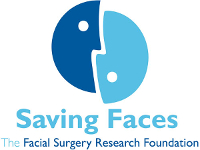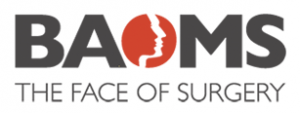| Title | Angle Fracture Study | ||||||
| Acronym | N/A | ||||||
| Study Type | Clinical Trial | ||||||
| Status | In development | ||||||
| Funding | Saving Faces – The Facial Surgery Research Foundation | ||||||
| Ethics | TBC | ||||||
Background
The lower jaw or the mandible is reported to be the most frequently fractured facial bone with 5000-7000 fractures requiring surgery every year in the UK. The mandibular angle is a frequent site of isolated fractures (25-33%) and the presence of asymptomatic third molars along the fracture line often diminishes bone quantity and quality in this region. With a high complication rate of 10-25%, mandibular fracture surgeries can require further surgical interventions, cause morbidity and increase costs to the NHS.
There have never been widely accepted protocols for the management of third molars in the line of the mandibular angle. The decision on whether to extract or retain the molar is still made on a case by case basis and it is often subject to the experience and bias of the surgeon.
Mandibular fractures can also be fixed using mini plates which neutralise undesirable tensile forces whilst retaining favourable compressive ones during fixation. One of the most commonly used plates are the 4-hole and 6-hole plates. Mr. Douglas Hammond, a Maxillofacial surgeon and a Senior Lecturer in the University of Lancaster, has drafted a proposal for a study comparing the two types of fixation plates for use on a fractured jaw angle. NFORC is therefore developing studies that would enable us to compare outcomes related to removal vs retention of third molars in an angle fracture line and the effectiveness of 4-hole and 6-hole plates for fixation.
NFORC is also currently undertaking systematic reviews on jaw angle fractures and aims to submit a grant application for the proposed study.
NFORC Director
Prof Iain Hutchison
Clinical Research Manager
Fran Ridout
For further information, please contact Fran Ridout.
Email: info@nforc.co.uk


